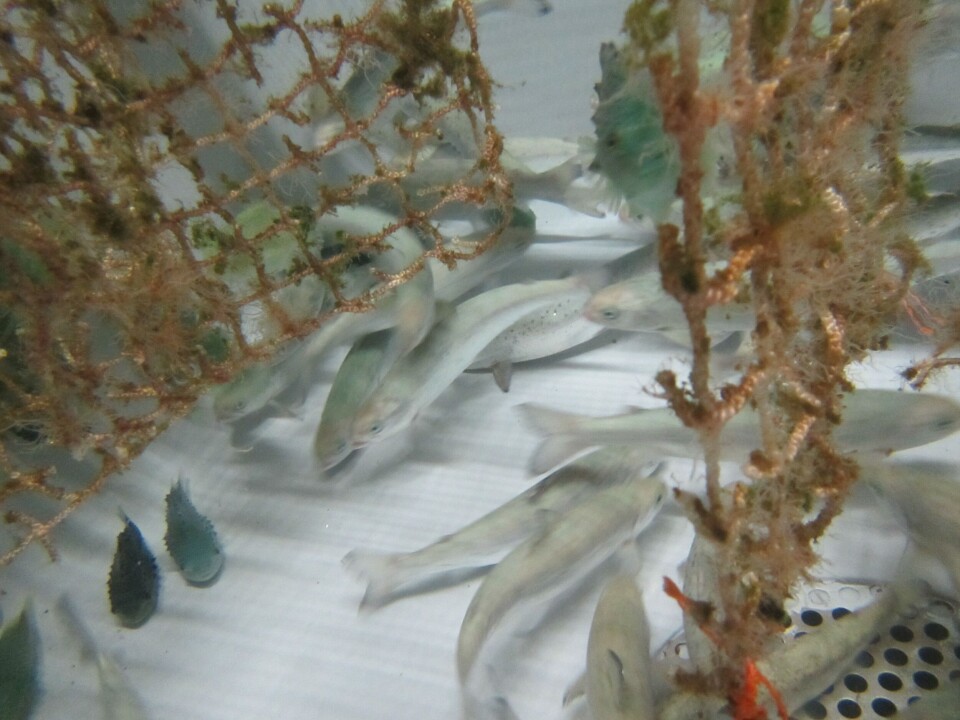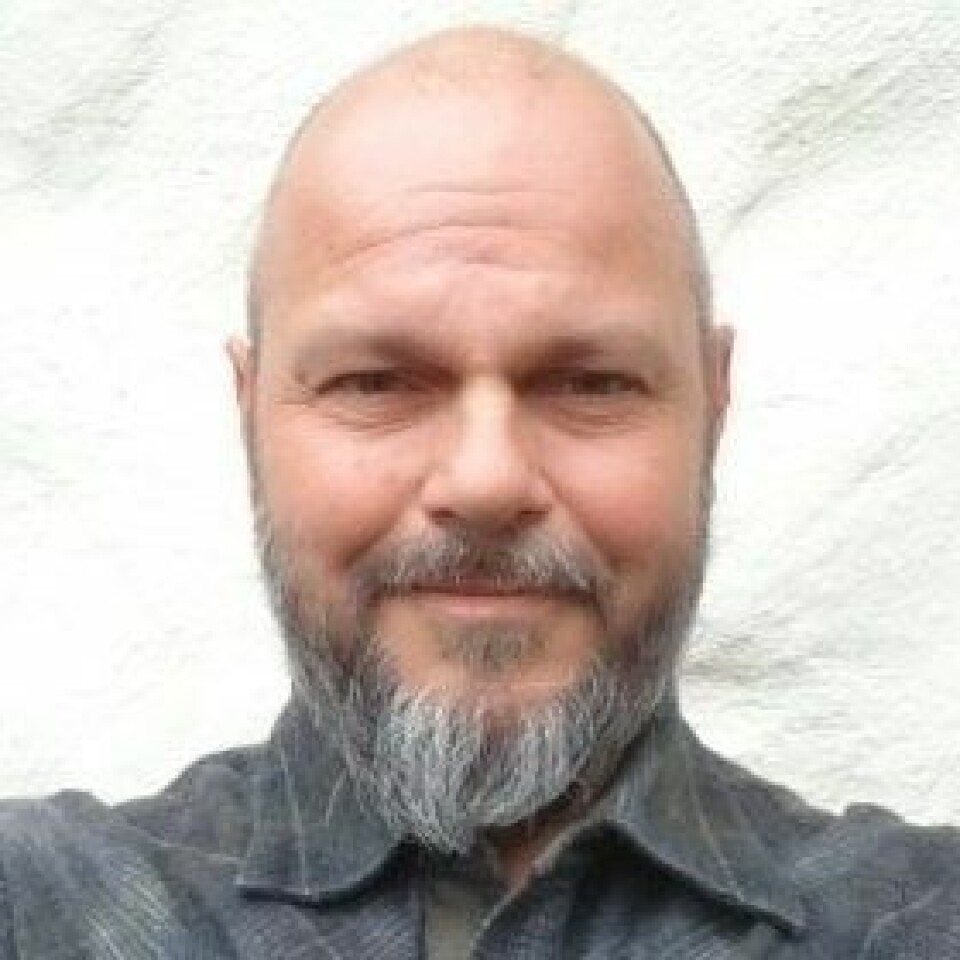
Study indicates net washing may increase risk of AGD
Can the amoebas that causes amoebic gill disease (AGD) hide in biofouling? And how does net washing affect things? Preliminary research results from Norway’s Uni Research must be characterised as very interesting.
Many have long feared and thought that the AGD amoeba Paramoeba perurans can live in growth on nets and harm the fish from there. Experimental trials conducted by research communities in Bergen indicate that dislodged net growth has a negative effect on the overall health of fish.
“The trials started last autumn, so we are still in the start-up phase of the project. The purpose of the project is to investigate the potential that organisms have as infectious agents for various salmon pathogens such as Paramoeba perurans, PD virus, Tenacibaculum finnmarkense, and Piscirickettsia salmonis, which causes SRS, a particularly big problem in salmon farming in Chile,” Trond Einar Isaksen, a researcher at Uni Research Environment, explains to fishfarmingexpert.com’s sister website, kyst.no.

The SRS bacterium is part of the study because Cermaq is a part of the project, and they also have farms in Chile as well as Norway.
Net panels
The trials so far have involved retrieving net panels with biofouling from salmon farms in Western Norway, putting them in a tank at ILAB, and then inserting fish infected with the various pathogens mentioned above.
The fish were left in the tanks for two weeks before they are taken out. The net panels were moved into new tanks, and after two days uninfected fish – both salmon and cleaner fish - were added. The last part of the infection trial lasted for a month, with regular sampling.
Some fish were also poured into a tank where the net panels were flushed with a pressure washer to simulate net washing. Here the fish went in water with biofouling fragments for 30 minutes, the time it took before the water cleared. All residues of growth on the bottom were then removed, so the fish here spent the rest of the experiment in the tanks without net panels or any biofouling.
Saw sign of AGD
“We saw in the samplings that there was a certain gill score on the fish. We did not see the most serious gill score of 3, but we saw a bit of 1 and 2. We saw the highest prevalence in the tanks where we had simulated net washing,” Isaksen explains.
Whether this gill score can be explained by amoebas is now being analysed using PCR methods. This is work that the UiB will do. Approximately 1,000 samples of different tissues from the fish are tested that can be tested for the various infectious agents. The process of analysing these tests is ongoing.
“We may not be able to find the amoebas, but at least we have observed a certain gill score that matches the clinical signs of AGD, which is interesting enough in itself,” says Isaksen.
Found new amoebas
The project also found and isolated five brand new amoebas, which have not previously been described from salmonids in Norway.
“We are currently DNA sequencing these. We will then check if they can cause salmon disease. Species within the family of the amoebas so far identified by DNA sequencing have been isolated from gills and other tissue samples from different species of fish elsewhere in the world. Among other things, from gills to Atlantic salmon farms in Tasmania and, in AGD, fish from Ireland,” says Isaksen.
The project will last until 2020. The results of these first infection trials will be finalised during the coming autumn.






















































